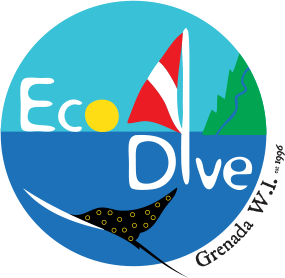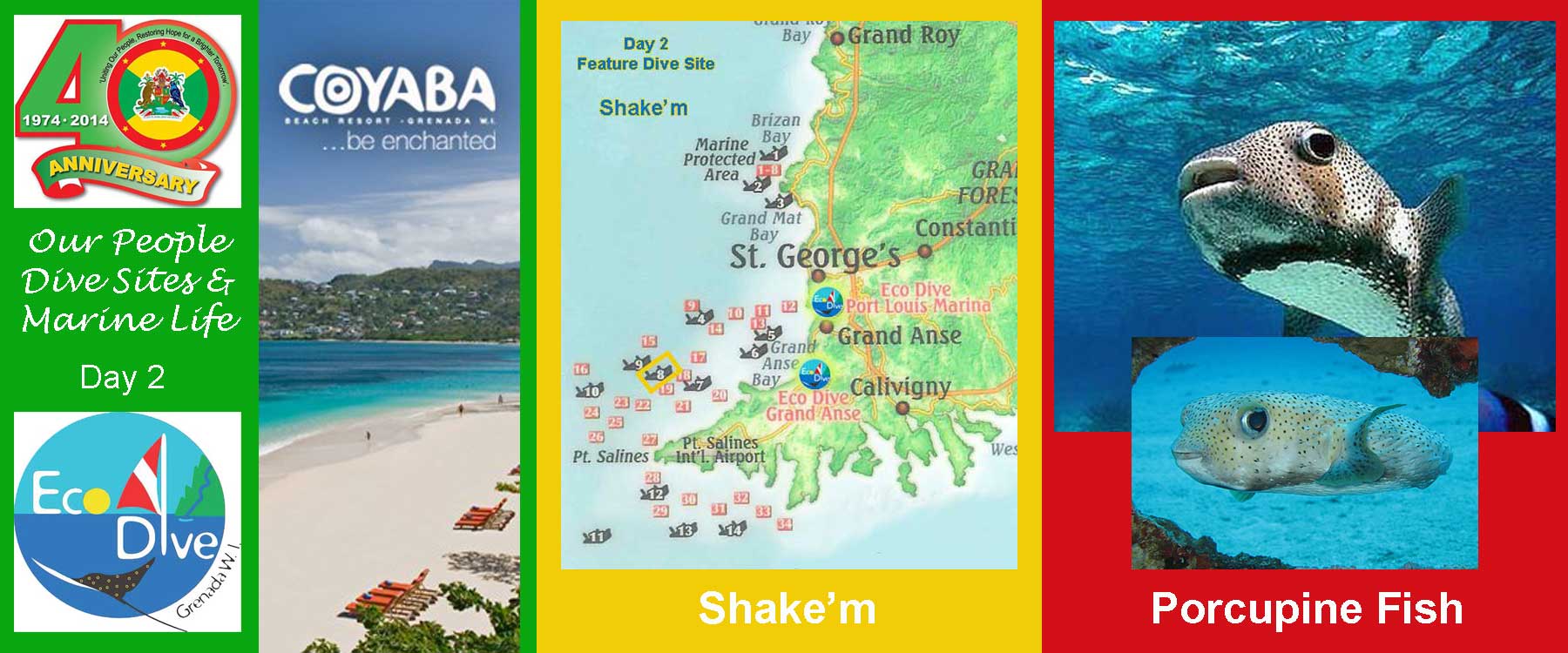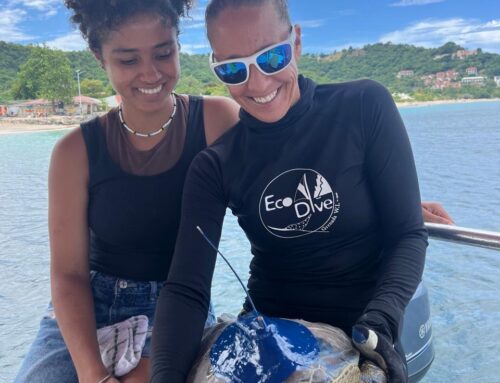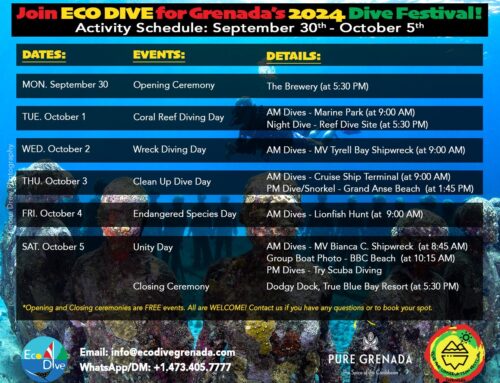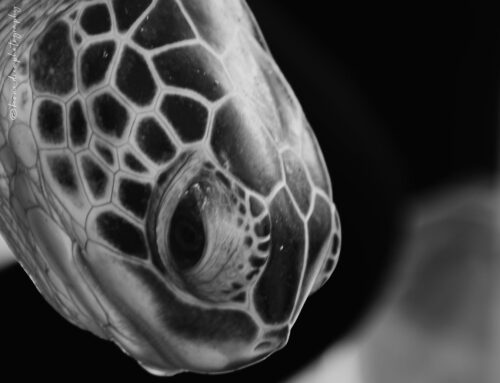Our People – Coyaba Beach Resort, our home!
Owned and operated by a Grenadian family, the Chermans, Coyaba Beach Resort features all the requisite elements for a classic Island Holiday. The hotel is located on the world-famous Grand Anse Beach and boasts lovely gardens between their rooms, pool, bars and restaurants. Eco Dive’s home for many years Coyaba is an ideal location for our beach front water sports, snorkeling, scuba diving trips and PADI training. Guests are always welcome to stop by the dive centre with questions or to sign out equipment or to jump out for a quick sail on one of our Hobie Cats. We are very happy to call Coyaba and its team our home. For more information on Coyaba please click HERE. or ECO DIVE & STAY PACKAGES GRENADA
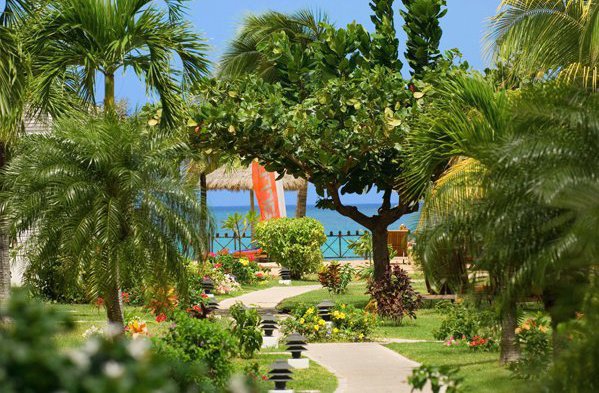
Dive Site – Shake’m Shipwreck
Scuba Dive Profile: 60′ – 100′ / 18m – 31m. An intermediate wreck dive in the calm waters off of Quarantine Point, Shake’m is a 180′ freighter that capsized suddenly when her load shifted during a storm. This is one of Grenada’s newest wrecks as it sank on May 30th, 2001 after a troubled journey from Trinidad to Grenada overnight. The load of cement bags shifted and the vessel went down just in sight of the harbors entrance. This abrupt end left her instruments, furniture, equipment and cargo intact, creating a rare and fascinating underwater spectacle. Divers may travel hallways in the ship’s tower to the pilot house; explore her massive deck machinery; glide along the length of her upright hull; or float through the open cargo hold, still laden with gigantic bags of cement. The wreck supports an abundance of underwater life, including black gorgonians, white hydroids, a rainbow of sponges, schools of bait fish, barracudas, large porcupine fish and an occasional turtle or green moray eel.
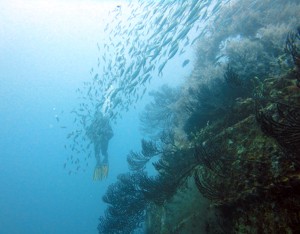
Marine Creature – Porcupine Fish (Diodon Hystric)
The Porcupine fish is a large white pufferfish covered with long spines. They are slow-moving shy animals with their huge, doll-like eyes and wide mouths. Like other pufferfish, the Porcupine fish can “puff up” by filling with water when threatened. The quick change in size not only startles predators, it also makes the Porcupine fish a difficult size and shape to eat. Most often seen as singles like our ‘grandad’ on the Shake’m shipwreck here in Grenada right now, these fish are also at times seen in pairs displaying some colour/patterning variations. When full grown these fish can reach up to a meter in length.
The porcupine fish (and their smaller cousins the burrfish and balloonfish) are widely distributed species, found circumtropically and often in temperate marine environments. In the Atlantic these little guys are primarily found between 30°N and 23°S. With their fused teeth, creating a beak-like mouth useful for crushing shells, the porcupine fish feed primarily on shellfish and other invertebrates like sea urchins, crabs or the odd mollusk.
Mahi Mahi, Wahoo and Sharks are the primary predators of Porcupine fish however in some Pacific countries they are taken for food and/or ornamental items. Additionally, it is said that the spine covered skin of these fish were once used in some countries as war helmets. For more information on the porcupine fish see
